| Origem | Literatura Estrangeira |
|---|---|
| Quantidade de Páginas | 144 |
| Acabamento | Capa Comum |
| Autores | George B. Bridgeman |
| Idioma | Inglês |
| Edição | 0 |
| Selo | Holyoake Press |
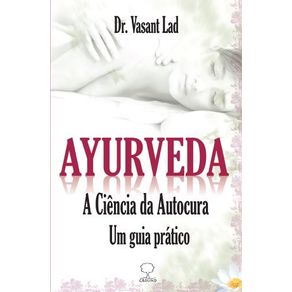 Ayurveda: A ciência da Autocura
Ayurveda: A ciência da Autocura
Editora Ground
R$ 58,90 à vista Ear Candling
Ear Candling
Draft2Digital
R$ 161,14 ou até 3x sem juros Implants and Oral Rehabilitation of the Atrophic Maxilla
Implants and Oral Rehabilitation of the Atrophic Maxilla
Springer Nature B.V.
R$ 316,95 ou até 3x sem juros Neuroscience and the Problem of Dual Use
Neuroscience and the Problem of Dual Use
Springer Nature B.V.
R$ 345,06 ou até 3x sem juros Psychopharmacology for Nonpsychiatrists
Psychopharmacology for Nonpsychiatrists
Springer Nature B.V.
R$ 711,14 ou até 3x sem juros CÓMO MATAR DE HAMBRE AL CÁNCER
CÓMO MATAR DE HAMBRE AL CÁNCER
Antonio Martínez
R$ 149,83 ou até 2x sem juros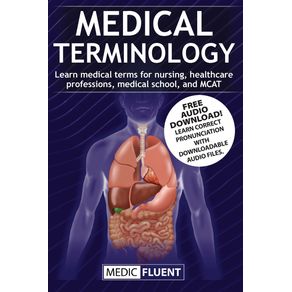 Medical Terminology
Medical Terminology
MedicFluent
R$ 125,20 ou até 2x sem juros Womens Mood Disorders
Womens Mood Disorders
Springer Nature B.V.
R$ 335,16 ou até 3x sem juros The Concepts of Psychiatry
The Concepts of Psychiatry
Hopkins Fulfillment Service
R$ 272,29 ou até 3x sem juros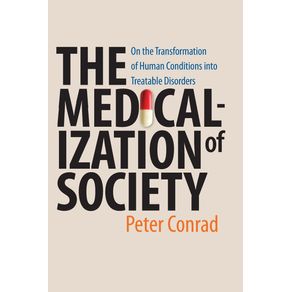 Medicalization of Society
Medicalization of Society
Hopkins Fulfillment Service
R$ 253,69 ou até 3x sem juros World Without Cancer
World Without Cancer
Dauphin Publications Inc.
R$ 214,93 ou até 3x sem juros Trudeaus MAiD Service
Trudeaus MAiD Service
Baptist House
R$ 39,22 à vista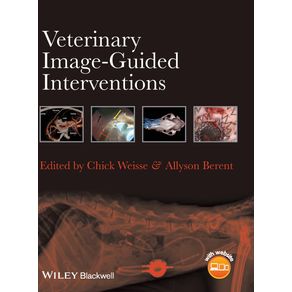 Veterinary Image-Guided Interventions
Veterinary Image-Guided Interventions
John Wiley & Sons
R$ 1.726,66 ou até 3x sem juros Hard to Kill
Hard to Kill
Fit & Fabulous LLC
R$ 114,92 ou até 2x sem juros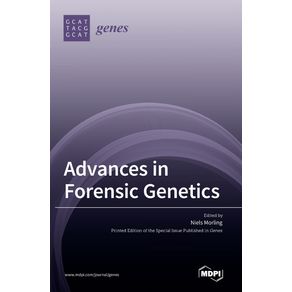 Advances in Forensic Genetics
Advances in Forensic Genetics
MDPI AG
R$ 562,55 ou até 3x sem juros O Toque da Cura
O Toque da Cura
Aquariana
R$ 55,00 à vista Mudras Que Curam
Mudras Que Curam
Pensamento
R$ 42,00 R$ 34,44 à vista Ayurveda: A ciência da Autocura
Ayurveda: A ciência da Autocura
Editora Ground
R$ 58,90 à vista Understanding Cancer
Understanding Cancer
Springer Nature B.V.
R$ 316,01 ou até 3x sem juros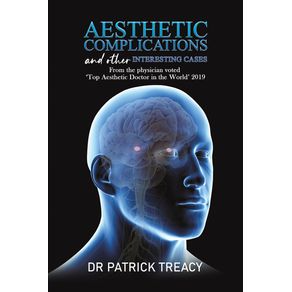 Aesthetic Complications and Other Interesting Cases
Aesthetic Complications and Other Interesting Cases
Austin Macauley Publishers Ltd.
R$ 371,23 ou até 3x sem juros CÓMO MATAR DE HAMBRE AL CÁNCER
CÓMO MATAR DE HAMBRE AL CÁNCER
Antonio Martínez
R$ 149,83 ou até 2x sem juros The Human Connectome
The Human Connectome
Springer Nature B.V.
R$ 341,59 ou até 3x sem juros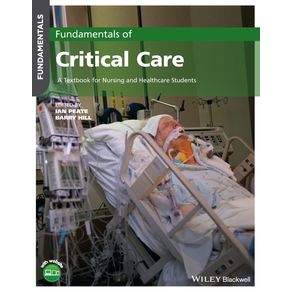 Fundamentals of Critical Care
Fundamentals of Critical Care
John Wiley & Sons
R$ 392,97 ou até 3x sem juros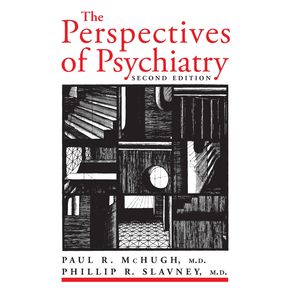 The Perspectives of Psychiatry
The Perspectives of Psychiatry
Hopkins Fulfillment Service
R$ 279,46 ou até 3x sem juros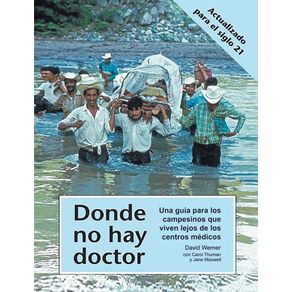 Donde no hay doctor
Donde no hay doctor
Open Stax Textbooks
R$ 222,10 ou até 3x sem juros World Without Cancer
World Without Cancer
Dauphin Publications Inc.
R$ 214,93 ou até 3x sem juros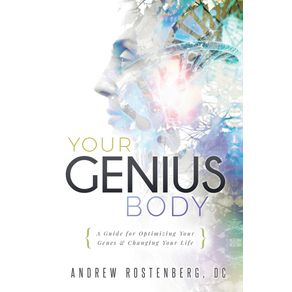 YOUR GENIUS BODY
YOUR GENIUS BODY
Red Mountain Natural Medicine
R$ 153,40 ou até 3x sem juros Neural Nets in Electric Fish
Neural Nets in Electric Fish
Random House
R$ 205,70 ou até 3x sem juros Hard to Kill
Hard to Kill
Fit & Fabulous LLC
R$ 114,92 ou até 2x sem juros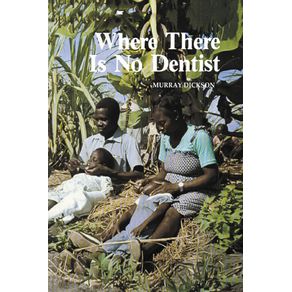 Where There Is No Dentist
Where There Is No Dentist
Open Stax Textbooks
R$ 157,79 ou até 3x sem juros Mudras Que Curam
Mudras Que Curam
Pensamento
R$ 42,00 R$ 34,44 à vista Ear Candling
Ear Candling
Draft2Digital
R$ 161,14 ou até 3x sem juros Understanding Cancer
Understanding Cancer
Springer Nature B.V.
R$ 316,01 ou até 3x sem juros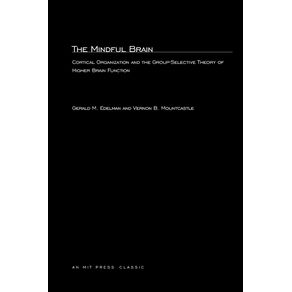 The Mindful Brain
The Mindful Brain
Random House
R$ 166,18 ou até 3x sem juros CÓMO MATAR DE HAMBRE AL CÁNCER
CÓMO MATAR DE HAMBRE AL CÁNCER
Antonio Martínez
R$ 149,83 ou até 2x sem juros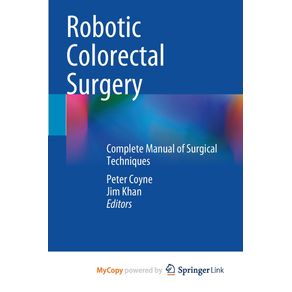 Robotic Colorectal Surgery
Robotic Colorectal Surgery
Springer Nature B.V.
R$ 349,18 ou até 3x sem juros The Human Connectome
The Human Connectome
Springer Nature B.V.
R$ 341,59 ou até 3x sem juros Womens Mood Disorders
Womens Mood Disorders
Springer Nature B.V.
R$ 335,16 ou até 3x sem juros The Concepts of Psychiatry
The Concepts of Psychiatry
Hopkins Fulfillment Service
R$ 272,29 ou até 3x sem juros Medicine and Religion
Medicine and Religion
Hopkins Fulfillment Service
R$ 265,46 ou até 3x sem juros Fundamentals of Critical Care
Fundamentals of Critical Care
John Wiley & Sons
R$ 392,97 ou até 3x sem juros Cleansing the Fatherland
Cleansing the Fatherland
Hopkins Fulfillment Service
R$ 285,95 ou até 3x sem juros The Perspectives of Psychiatry
The Perspectives of Psychiatry
Hopkins Fulfillment Service
R$ 279,46 ou até 3x sem juros Where There Is No Doctor
Where There Is No Doctor
Open Stax Textbooks
R$ 237,45 ou até 3x sem juros Trudeaus MAiD Service
Trudeaus MAiD Service
Baptist House
R$ 39,22 à vista